Car-Free Zones from Around the World
4 min readInterest in green transportation is higher than ever before.
For the most part, that interest in geared toward sustainability. It focuses on minimizing the usage of non-renewable resources.
On the other hand, interest in ‘green’ transportation might just relate to savings.
As fuel becomes more expensive, so does every form of accessible transportation, from cars to planes to ferries. Electric vehicles aren’t off the hook either. Though they contribute less to pollution and offer some savings, all that electricity still has to come from somewhere.
These factors have led to added interest in car-free zones—even in car-dependent places like the United States.
Some towns and cities around the US have already taken legal steps to make life easier for pedestrians, cyclists, and others. And that’s just the tip of the iceberg when it comes to interest in car-free living around the world.
Beyond the US, dozens of countries are home to car-free zones. Some of these are the result of concerted efforts to minimize pollution. In other cases, there’s simply no room for cars… or even roads for them to travel on.
Let’s take a closer look at some of the world’s most unique car-free zones. (Just a heads up—I’m skipping Venice since I’m sure you’ve already heard of its cute gondolas.)
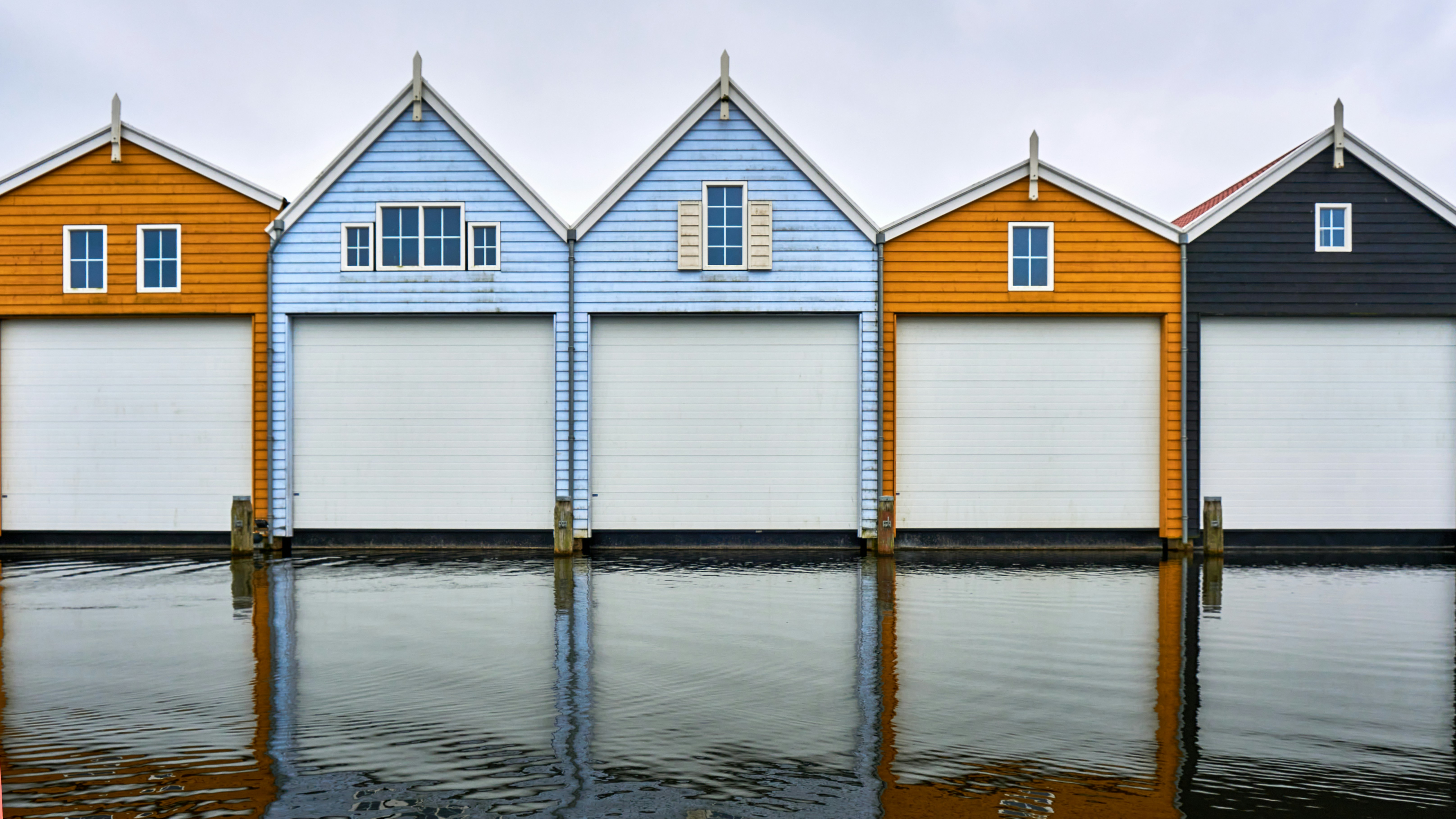
Giethoorn (aka Dutch Venice), Netherlands
Given Amsterdam’s obsession with cycling, Giethoorn’s car-free status shouldn’t come as a surprise.
The city is located on the northern coast of the Netherlands. Like Amsterdam, small canals run through most of the town—and a whopping total of 180 bridges allows locals to get around. But you can also take gondolas and small boats on the water, which means this scenic city often looks like a suburban version of Venice.
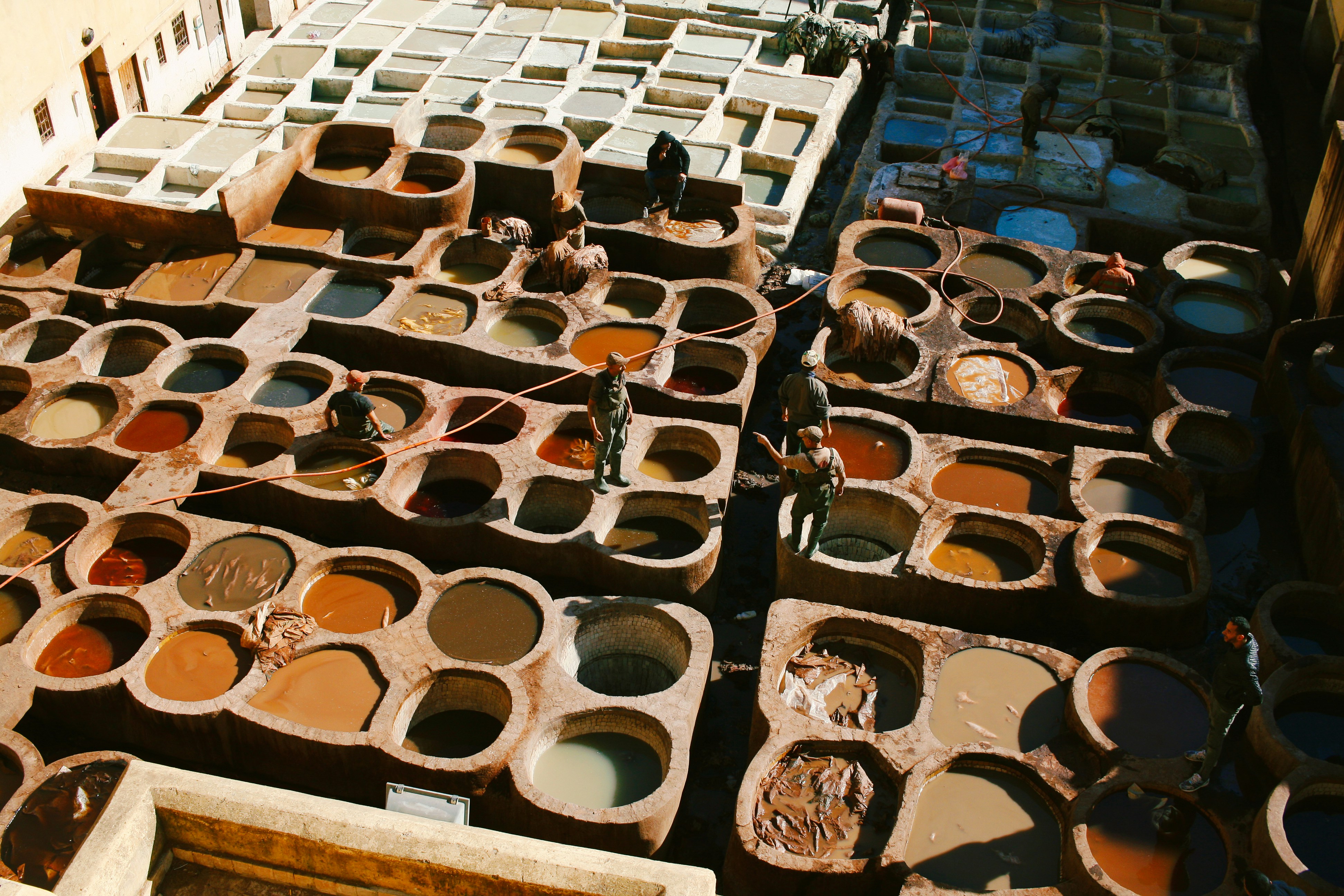
Fes el-Bali, Morocco
Fes is one of Morocco’s largest cities. Its Old Town is known for its winding, medieval alleyways—they almost look like something out of Harry Potter.
Because the alleyways are so small, cars can’t access the densest streets. I live in Barcelona’s Old City, which also has streets too narrow and twisting for cars.
But Fes el-Bali is on a much, much grander scale. Thousands of carless streets tangle in the city center, full of bazaars, merchants, and shops.
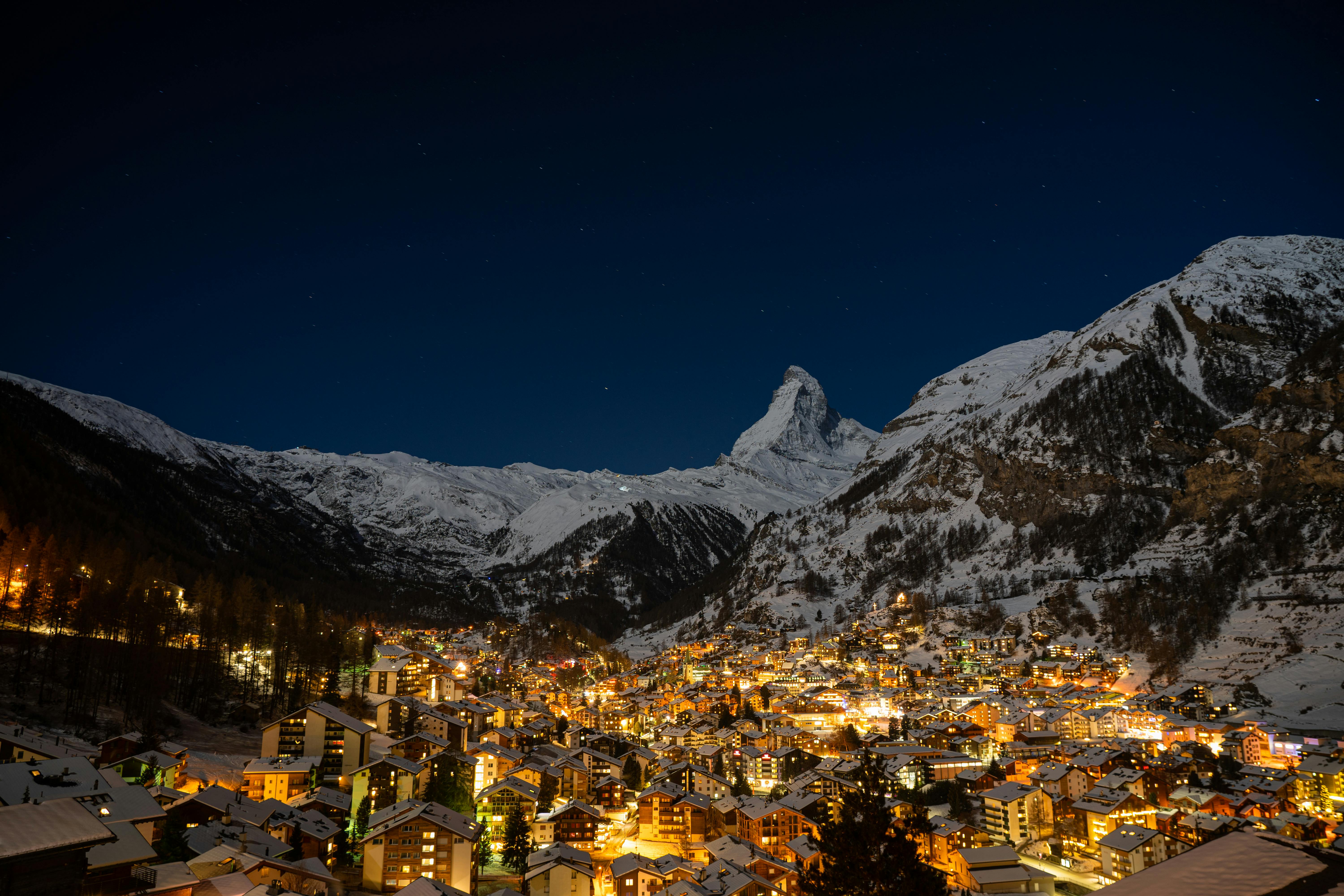
Zermatt, Switzerland
Nestled high in the Swiss Alps near the country’s tallest mountain (Matterhorn), you’ll find a quaint village called Zermatt.
Though it resembles other Alpine towns in terms of size and population, there are no cars. This is the result of some diligent city-planning, as locals banded together to protect their view of Matterhorn from pollution.

Ilha de Paquetá, Brazil
Just outside Rio de Janeiro’s Guanabara Bay is Paquetá Island.
This historic island has been occupied for centuries—you’ll notice this antiquity in its cobbled streets. Given its remote nature, there are no cars allowed. Similar to Mackinac Island in Michigan, this makes the island a huge tourist attraction. Along with horse-drawn buggies, they can take eco-taxis around the island.
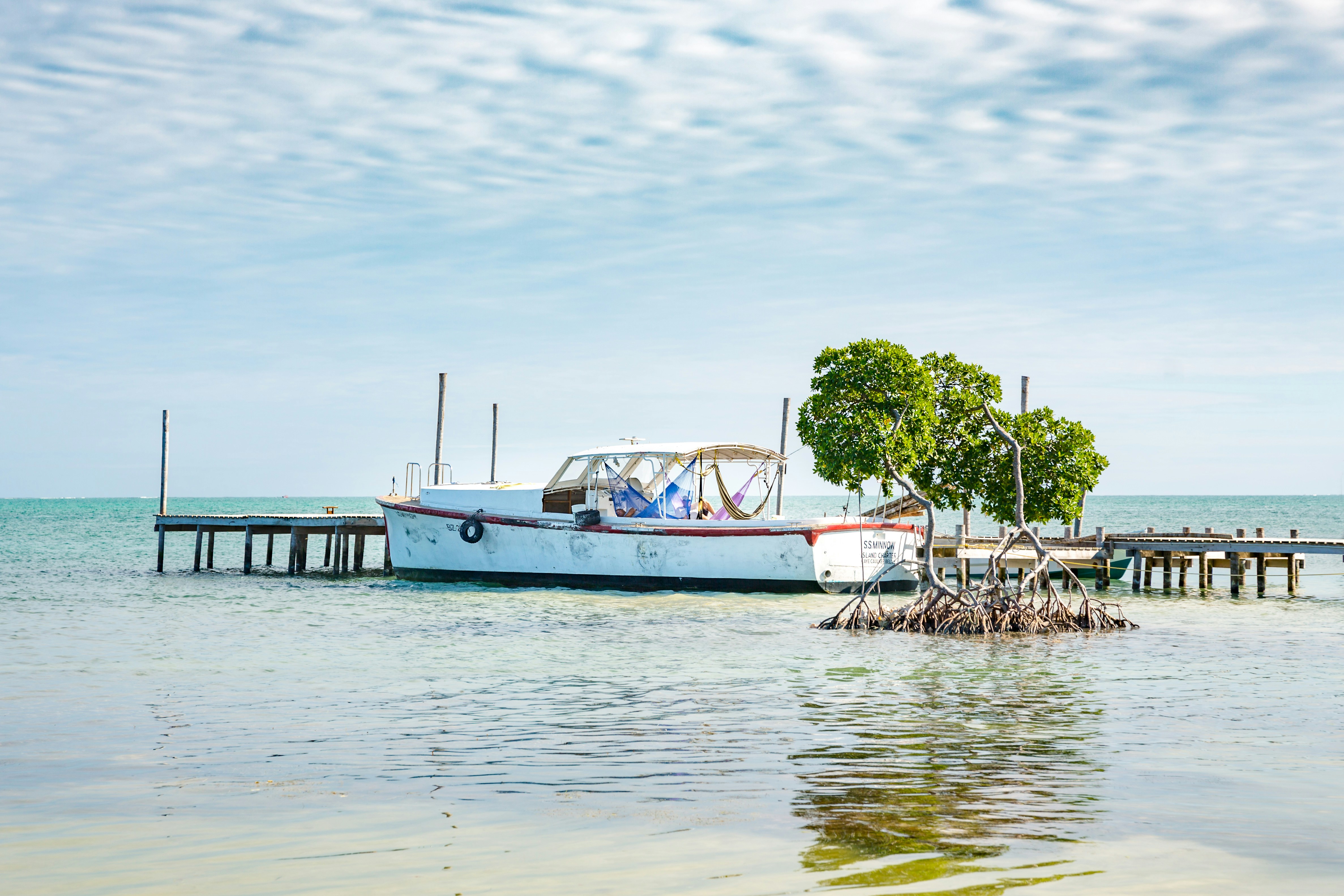
Caye Caulker, Belize
Caye Caulker is a small island off the Yucatan Peninsula—and its motto is ‘go slow’.
The island has an extremely laid-back atmosphere. Though it’s home to many locals and dozens of tour groups, there’s a palpable emphasis put on maintaining the status quo. Locals regularly walk to get around the four-mile island, though some might use golf carts when necessary.
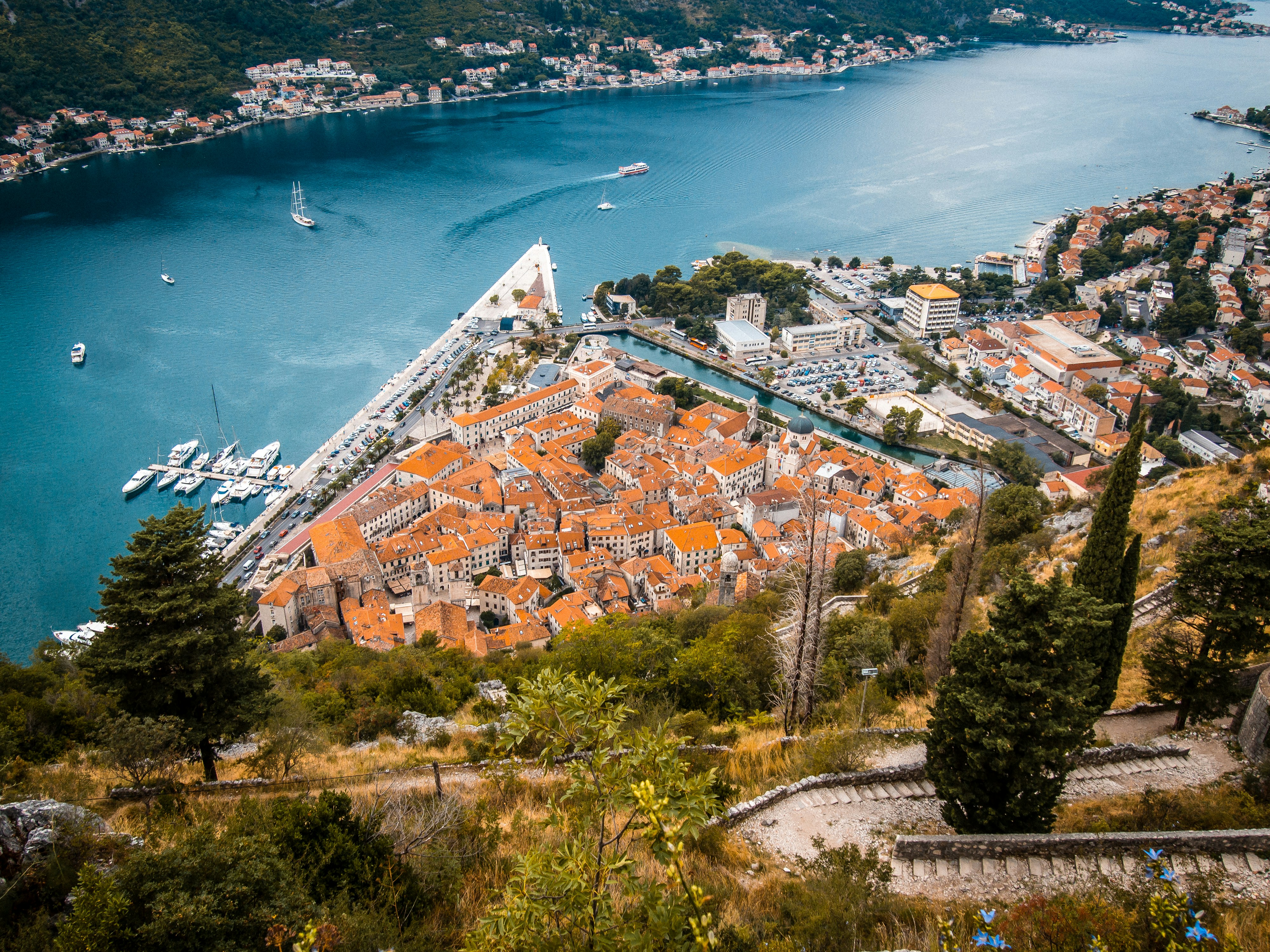
Kotor, Montenegro
Just like Barcelona and Fes el-Bali, Kotor’s innermost streets are too winding and narrow for car travel. (Love it.)
This beautiful medieval town sits on the coast of Montenegro—you might actually recognize its architecture from Venice, as Kotor was a fort city that dates back to the Venetian Empire. But beware of crowds here. Kotor is a popular stop for cruises.
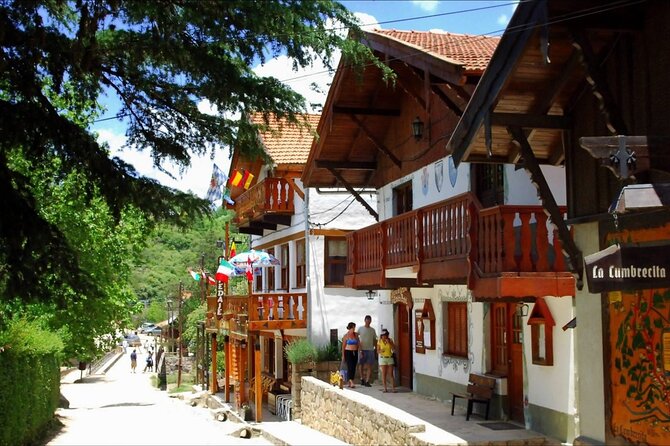
La Cumbrecita, Argentina
In case you didn’t know, there’s a major Alpine influence in Argentina.
This is thanks to the number of central European immigrants who packed up and headed to the country throughout the 20th century. Many sought to recreate elements of their homes in Argentina—particularly its mountainous Calamuchita Valley.
This snowy, Alps-inspired town went the way of Zermatt, officially banning cars in order to preserve its quaint charm.

Floating villages of Tonlé Sap Lake, Cambodia
Floating villages? Yes—and this isn’t an outtake from Waterworld. Welcome to the largest freshwater lake in Southeast Asia, Tonlé Sap Lake.
It’s so large that it’s actually home to four distinct floating villages. Obviously, none have roads and so none use cars. However, it’s worth pointing out that motorboats aren’t uncommon here—which are basically just water cars.
Still, it’s a veritable floating village—and given this is a budding idea around the world, I think we’ll start to see and hear more about Tonle Sap’s four floating villages in the coming years.


